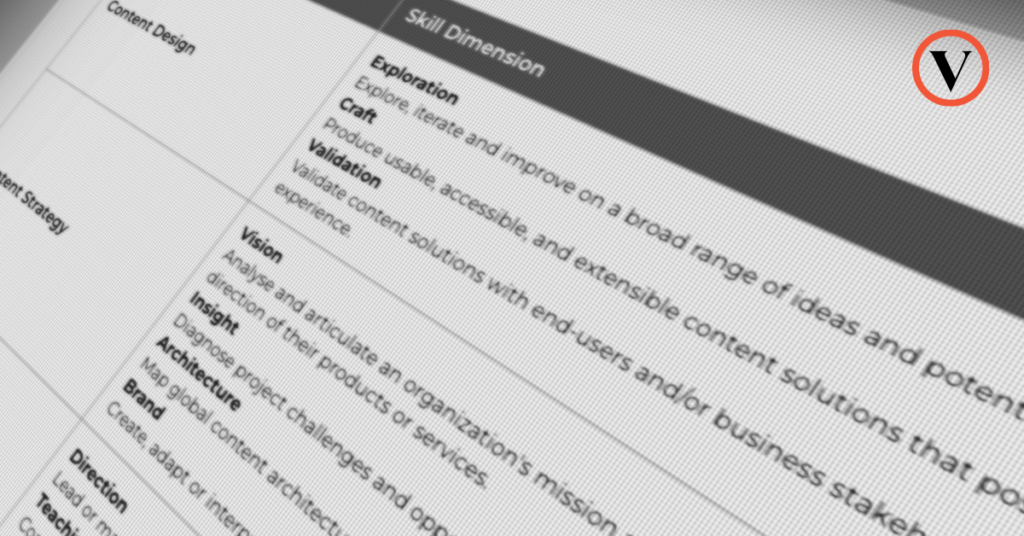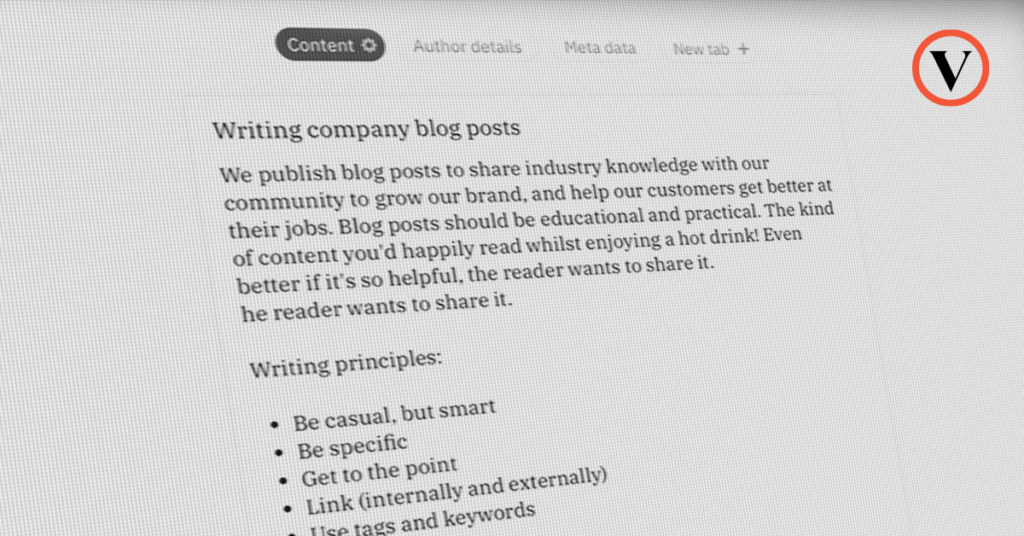We at Versed think all digital products, whether it's a website, an application, a social program, etc, are endless continuums for progressive optimization. Things like experience design, a content plan, and features and functions should evolve over time based on a growing understanding of audience needs. Typically subtle evolution is a better strategy than radical experience shifts.
However, from time to time, a more comprehensive teardown/rebuild makes sense. For instance, you're rebranding. Or you're acquiring a new company. Or your services are changing. On the rare occasion that these bigger redesign efforts take place, don't treat content as an after thought. Content is the backbone of any digital experience, yet in the mad rush to get a new design up it's often ignored right up until the 'oh sh*t' moment a week before launch.
Don't do that. Content is a vital component of any successful experience redesign. It should be right up there with any other UX consideration or practice, and its rationalization, planning, and operations should be part of the pre-redesign specification.
To help out, here's a quick 5-step checklist for ensuring you're minding your content 'Ps and Qs' throughout your redesign journey, and beyond:
1. Revisit/Evaluate your current content operations
Dig into your editorial processes. Where is your content coming from, are there opportunities to improve production capabilities, quality, delivery, etc. What are your current challenges? What's working? All great questions to scratch at as you look at the current state of content ops.

2. Rationalize your current content experience
Take a long, deep look at the current content on your site. Is it cohesive? Does it meet the audience's wants and needs? Is it compelling? Are there gaps? How much old stuff can we ditch and how much new stuff do we need? (Note: this is also a great opportunity to map engagement via quantitative analytics)
3. Map/Update content plan
You've got a sense of the current state – both from a production and output perspective, now it's time to make your new/revised content plan.Does the content plan seem viable (ie, can you execute it)? Can it be repeated and extended? Is it informed by real acquired insights? Do you have a measurement plan? Does it serve the needs of the organization as well as the users?

4. Lead with content needs
Now that you've hammered out your content plan, it's time to make it 'experience actionable'. Is your content digital ready? Is the content need clearly defined and positioned for design resources? Have you positioned content to lead experience design and not the inverse? Design cannot box out good content choices due to lack of prioritization.
5. Iterate content in parallel with experience design
Content standing should be regularly evaluated just as any other experience component (navigation, design preference, usability, etc), and it should progressively evolve just like design. Is messaging clear? Are audiences finding and responding well to high-value content? Is the stuff we see as high-value actually high-value to the user? Do they like the presentation, format, and structure of the content design? What can we do to improve?
Now that you're square on all these steps, remember to keep these practices up as the experience evolves over time. Good content operations can be a killer differentiator amongst competitive digital touchpoints.